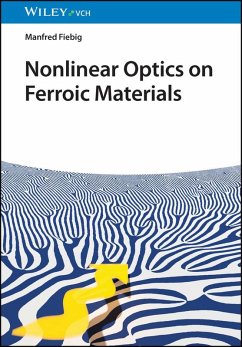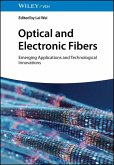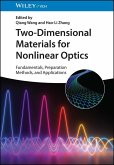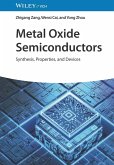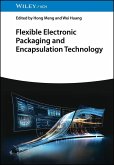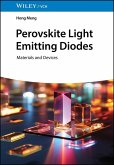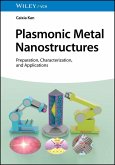Nonlinear Optics on Ferroic Materials
Covering the fruitful combination of nonlinear optics and ferroic materials!
The use of nonlinear optics for the study of ferroics, that is, magnetically, electrically or otherwise spontaneously ordered and switchable materials has witnessed a remarkable development since its inception with the invention of the laser in the 1960s.
This book on Nonlinear Optics on Ferroic Materials reviews and advances an overarching concept of ferroic order and its exploration by nonlinear-optical methods. In doing so, it brings together three fields of physics: symmetry, ferroic order, and nonlinear laser spectroscopy. It begins by introducing the fundamentals for each of these fields. The book then discusses how nonlinear optical studies help to reveal properties of ferroic materials that are often inaccessible with other methods. In this, consequent use is made of the unique degrees of freedom inherent to optical experiments. An excursion into the theoretical foundations of nonlinear optical processes in ferroics rounds off the discussion.
The final part of the book explores classes of ferroic materials of primary interest. In particular, this covers multiferroics with magnetoelectric correlations and oxide-electronic heterostructures. An outlook towards materials exhibiting novel forms of ferroic states or correlated arrangements beyond ferroic order and the study these systems by nonlinear optics concludes the work.
The book is aimed equally at experienced scientists and young researchers at the interface between condensed-matter physics and optics and with a taste for bold, innovative ideas.
Covering the fruitful combination of nonlinear optics and ferroic materials!
The use of nonlinear optics for the study of ferroics, that is, magnetically, electrically or otherwise spontaneously ordered and switchable materials has witnessed a remarkable development since its inception with the invention of the laser in the 1960s.
This book on Nonlinear Optics on Ferroic Materials reviews and advances an overarching concept of ferroic order and its exploration by nonlinear-optical methods. In doing so, it brings together three fields of physics: symmetry, ferroic order, and nonlinear laser spectroscopy. It begins by introducing the fundamentals for each of these fields. The book then discusses how nonlinear optical studies help to reveal properties of ferroic materials that are often inaccessible with other methods. In this, consequent use is made of the unique degrees of freedom inherent to optical experiments. An excursion into the theoretical foundations of nonlinear optical processes in ferroics rounds off the discussion.
The final part of the book explores classes of ferroic materials of primary interest. In particular, this covers multiferroics with magnetoelectric correlations and oxide-electronic heterostructures. An outlook towards materials exhibiting novel forms of ferroic states or correlated arrangements beyond ferroic order and the study these systems by nonlinear optics concludes the work.
The book is aimed equally at experienced scientists and young researchers at the interface between condensed-matter physics and optics and with a taste for bold, innovative ideas.
Dieser Download kann aus rechtlichen Gründen nur mit Rechnungsadresse in D ausgeliefert werden.

